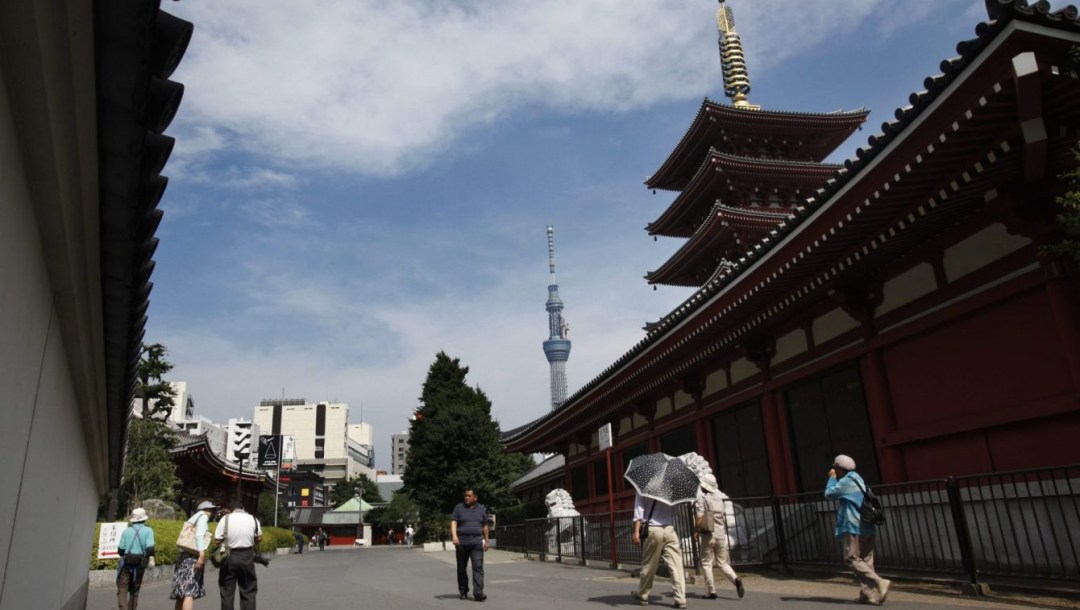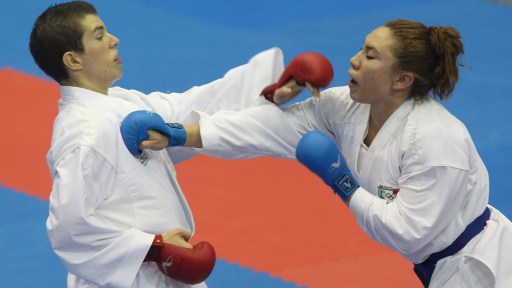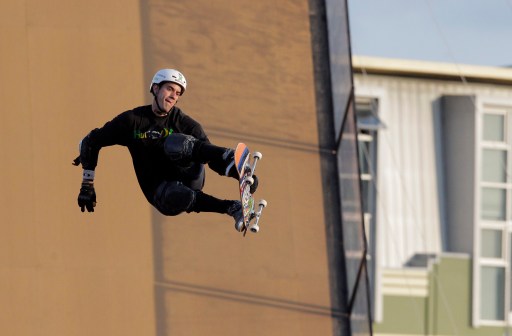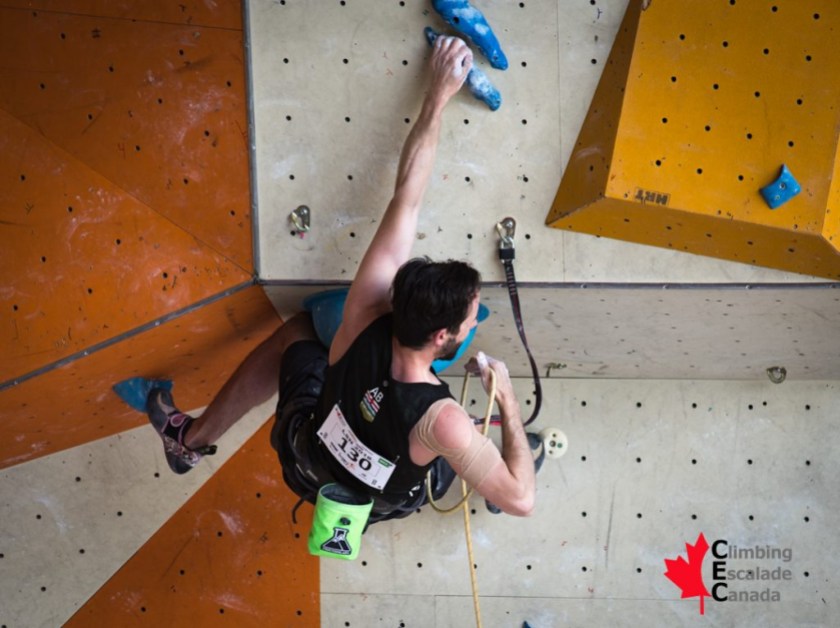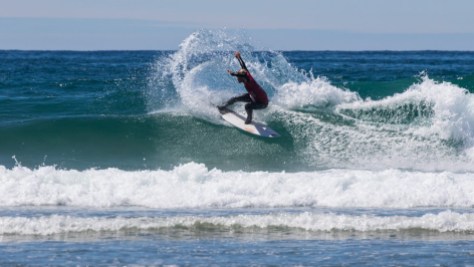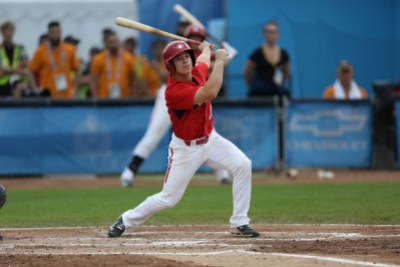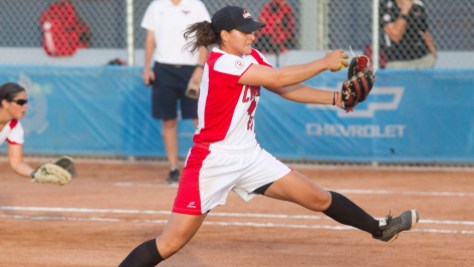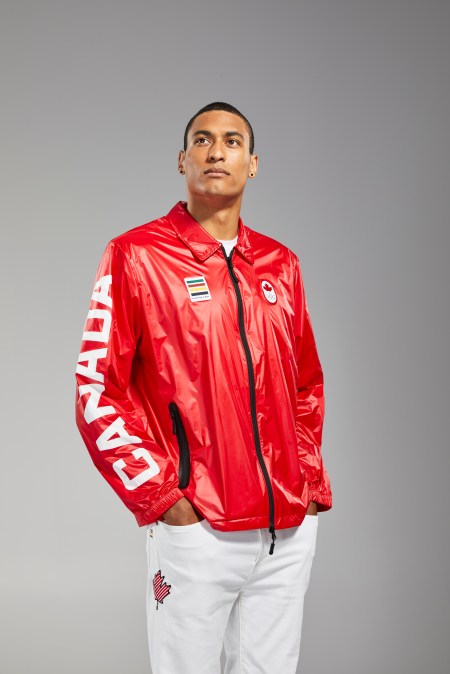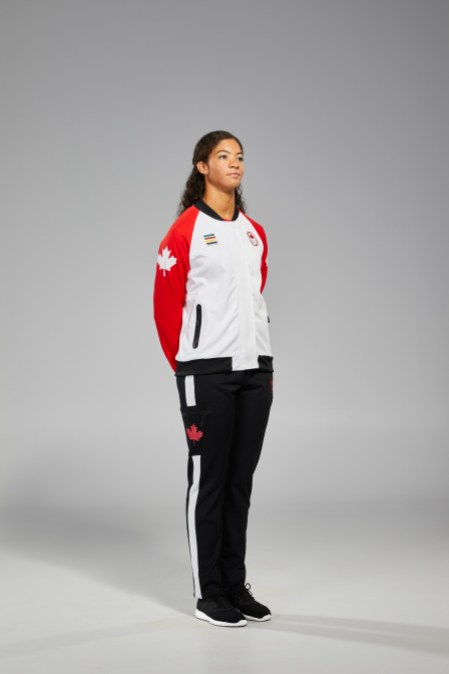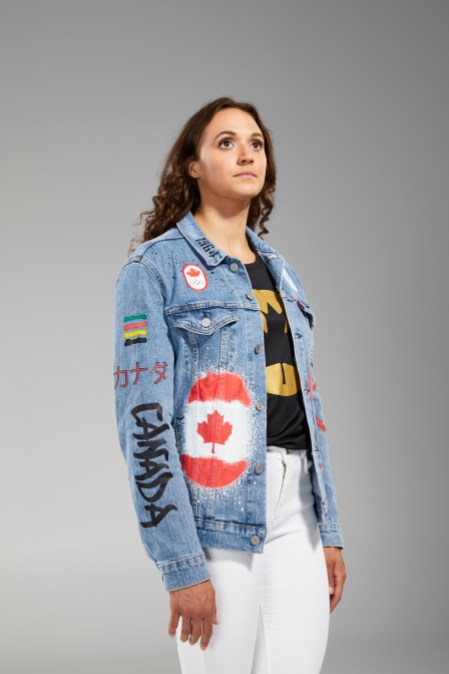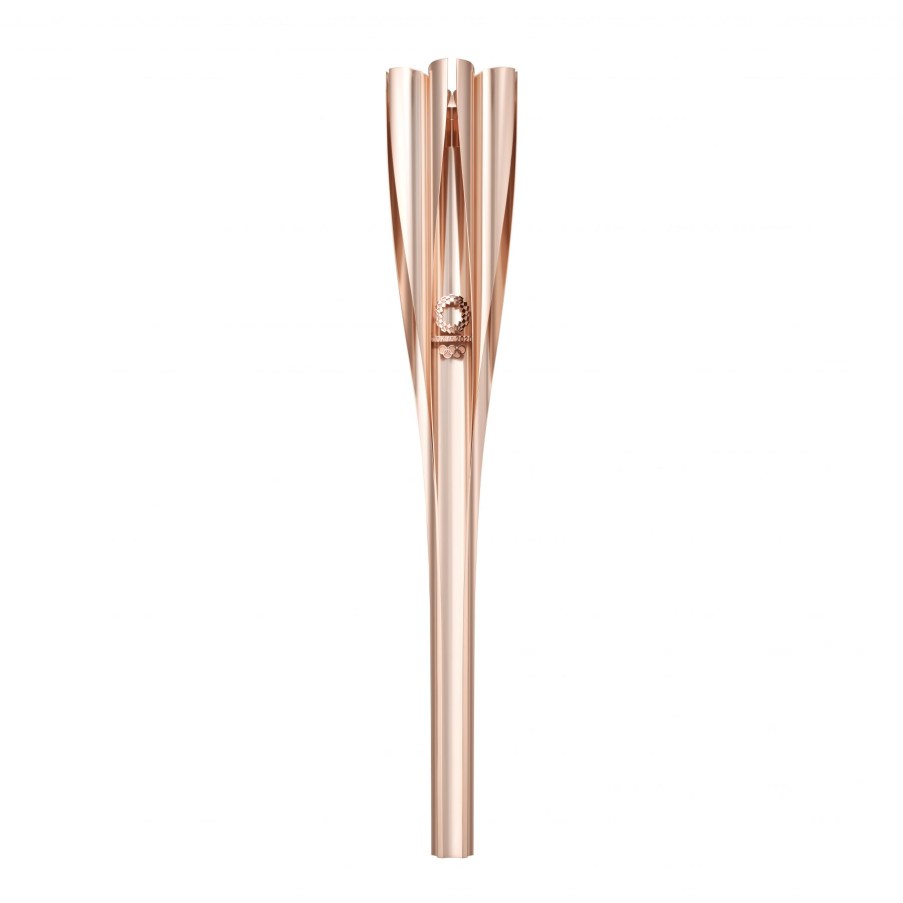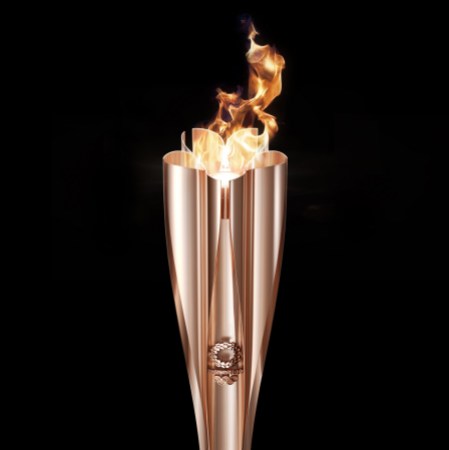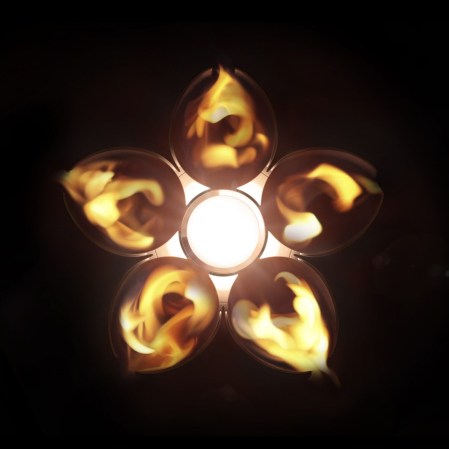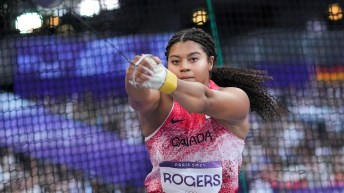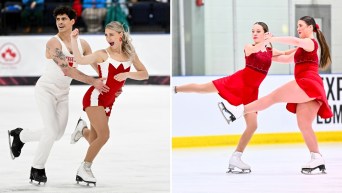FAQ: What you need to know about the Tokyo 2020 Olympic Games
Do you have questions about the Tokyo 2020 Olympic Games?
Well, we have some answers to those frequently asked questions:
When are the Tokyo 2020 Olympic Games?
Formally called the Games of the XXXII Olympiad, Tokyo 2020 will officially open on Friday July 23, 2021 and close on Sunday August 8, 2021. However, some competitions will begin on July 21, two days before the Opening Ceremony.
Just a few weeks later, the Tokyo 2020 Paralympic Games will open on Tuesday August 24, 2021 and close on Sunday September 5, 2021.
What time is it in Tokyo?
Tokyo operates on Japan Standard Time. In the summer months of the Olympic Games, Tokyo is 13 hours ahead of Eastern Daylight Saving Time and 16 hours ahead of Pacific Daylight Saving Time.
So when swimming finals begin at 10:30am in Tokyo, Canadians will be watching on TV at 9:30pm in Toronto and Montreal and 6:30pm in Vancouver.
What are the new sports at Tokyo 2020?
Tokyo 2020 will feature four new sports (karate, skateboarding, sports climbing, surfing) and two sports that are back on the Olympic program after a 13-year absence (baseball, softball).
There are also some new events within existing sports. Swimming has added a mixed 4x100m medley relay as well as the 800m freestyle for men and the 1500m freestyle for women. Athletics now has a mixed 4x400m relay. Basketball will feature men’s and women’s 3×3 tournaments. Women’s canoe events have been added to both the sprint and slalom competitions. There will be BMX freestyle park events. Synchronized swimming is now known as artistic swimming. Several sports will debut mixed team events.
You can check out a complete overview of the changes here.
What will Team Canada athletes be wearing at Tokyo 2020?
As they have for the last few Games, Team Canada’s Premier National Partner Hudson’s Bay will be outfitting our Canadian athletes at Tokyo 2020.
Hudson’s Bay first supported Team Canada at Garmisch-Partenkirchen 1936 and has been supplying Team Canada with official clothing kits since Turin 2006.
What Olympic events has Canada qualified for?
You can check out the Tokyo 2020 Team Canada Qualification Tracker for details and updates on the sports and events in which Canada has qualified and which athletes have been nominated to those spots.
How many Olympic Games has Tokyo hosted?
2020 will be the second time that Tokyo has welcomed the world for the Olympic Summer Games. Tokyo previously hosted in 1964 when Canada took home four medals (one gold, two silver, and one bronze).
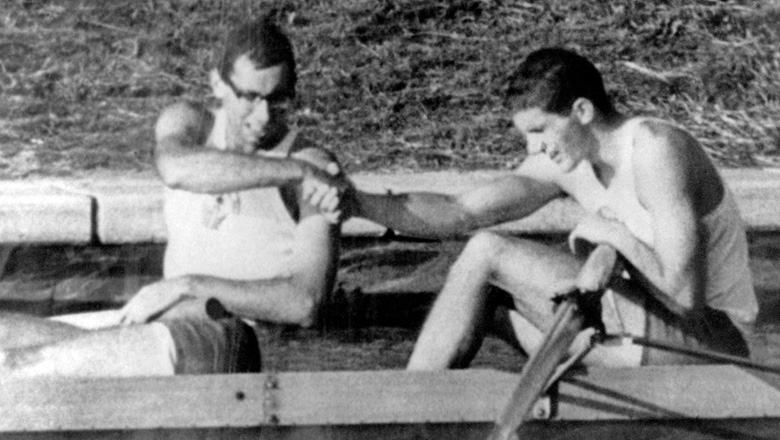
Canada’s Roger Jackson (right) and George Hungerford celebrate their gold medal win in the pair rowing event at the 1964 Tokyo Olympics. (CP Photo/COC)
Canada’s Roger Jackson and George Hungerford were originally alternates for the rowing team and only trained together for a few weeks prior to the Games. But the pair took home gold in the coxless pair. Judo made its Olympic debut at Tokyo 1964, and Doug Rogers took full advantage of its addition to the Olympic program by taking home silver. Canada’s other two medals came on the track with Bill Crothers winning silver in the 800m event and Harry Jerome taking home bronze in the 100m event.
What is the mascot for Tokyo 2020?
Tokyo 2020 will feature Miraitowa as the Olympic Games mascot. Read all about it here.
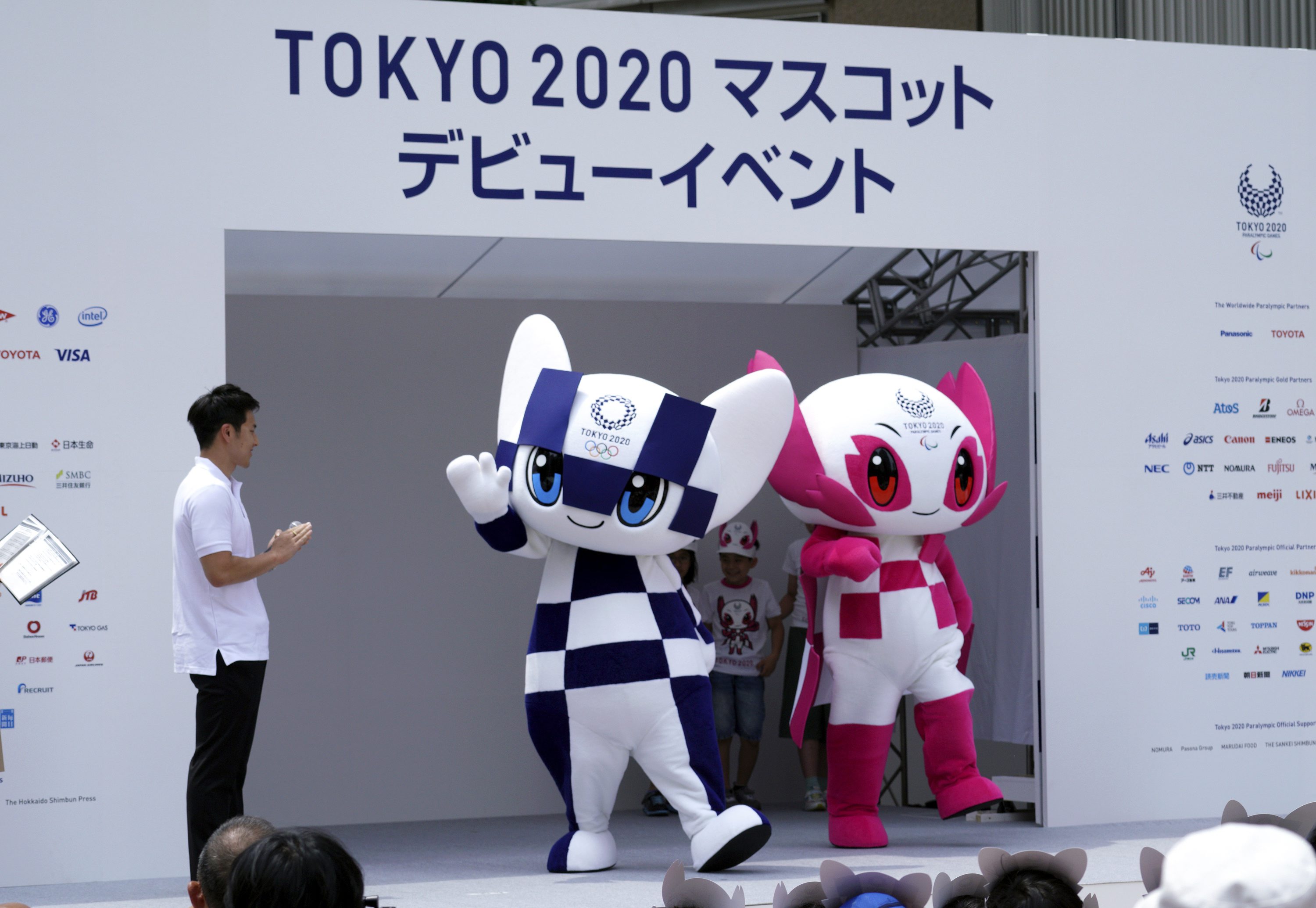
Tokyo 2020 Olympic mascot “Miraitowa”, left, and Paralympic mascot “Someity”, right, appear at stage during their debut event in Tokyo Sunday, July 22, 2018. The official mascots for the Tokyo 2020 Olympics and Paralympics were unveiled at a ceremony on Sunday. The two mascot designs were selected by elementary schoolchildren across Japan. (AP Photo/Eugene Hoshiko)
In accordance with Japanese culture, Miraitowa is a proverb that means to learn old things well and to acquire new knowledge from them. The mascot’s special skill is the ability to move anywhere instantaneously like a ninja. The Paralympic Games mascot is Someity.
What is the medal design for Tokyo 2020?
The medals awarded to athletes at Tokyo 2020 will contribute to a legacy of sustainability. Since the announcement of the Tokyo 2020 Medal Project in February 2017, approximately 5000 medals have been produced for the Olympic and Paralympic Games from electronic devices such as used mobile phones – all donated by people in Japan. This process follows in the footsteps of Vancouver 2010 where medals were made from recycled televisions, computers, and keyboards.
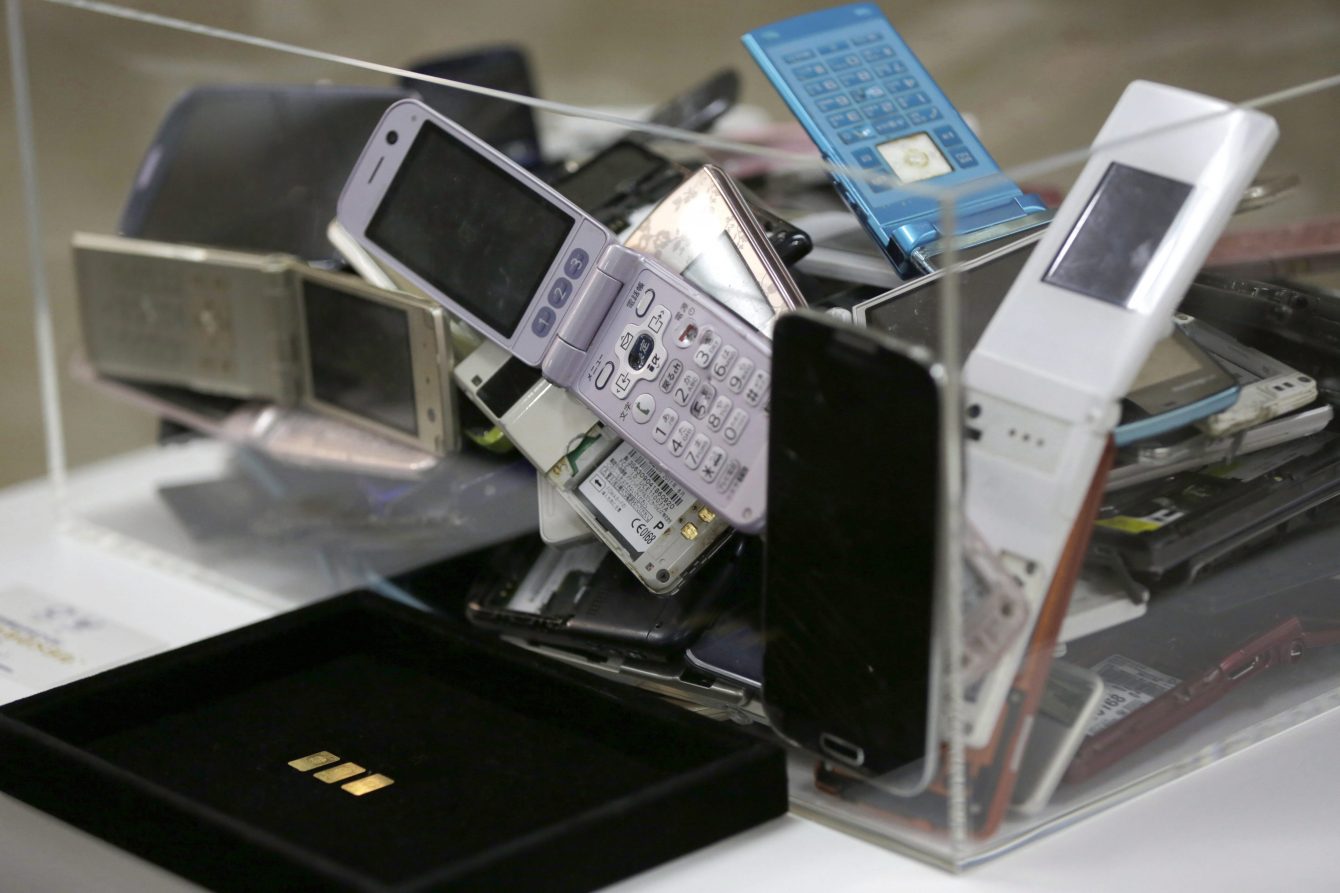
Gold tablets of 3 grams, left, which is able to be recycled from 100 mobile phones, are shown as example in Tokyo, Saturday, April 1, 2017. Organizers of the Tokyo 2020 Olympic Games began collecting discarded electronic devices that will be used in the production of the medals to be awarded to athletes. The organizing committee aims to collect eight tons of raw metal which will yield around two tons of pure metal, enough to produce 5,000 medals for the Tokyo Games. (AP Photo/Eugene Hoshiko)
As is tradition, the front of the medals will feature Nike, the Greek goddess of victory, pictured in front of the Panathinaikos Stadium along with the official name of the Games, and the Olympic rings. To design the appearance of the reverse side, Tokyo 2020 held a public competition which attracted more than 400 entries. The medals are intended to resemble rough stones that shine after being polished, symbolizing themes of light and brilliance.
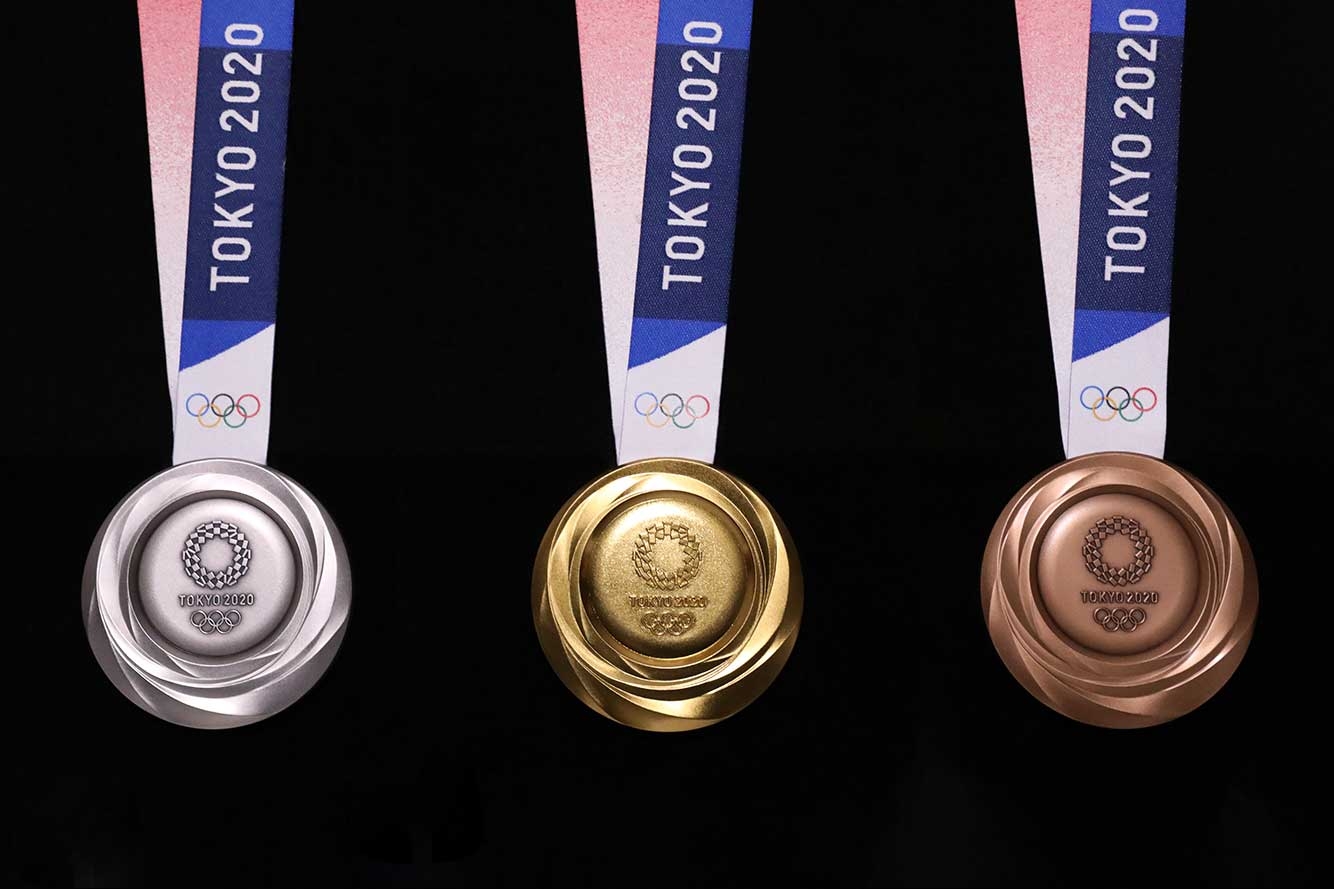
Photo courtesy of Tokyo 2020
What is the Tokyo 2020 torch design?
The 2020 Olympic torch was inspired by the cherry blossom, Japan’s most famous flower. That is no coincidence, with the torch relay set to begin at the start of cherry blossom season in 2020. Using the same aluminum extrusion technology as in the manufacturing of shinkansen (Japanese bullet trains), the torch was formed into a seamless, single piece that resembles the traditional “Sakura-mon” (cherry blossom emblem). The petal at the top of the torch generates five flames which unite in the centre to create greater brilliance.
About 30% of the material for the torch is recycled aluminum originally used in the construction of temporary housing that had been erected after the earthquake that hit eastern Japan in 2011. This decision embodies a passion for recovery and consideration for sustainability. Technologically innovative, the torch uses two combustion mechanisms: a high energy blue flame and a catalytic reaction for a red flame.
With the colouring of a cherry blossom and some gold, the torch is 710mm long and weighs 1.2kg.

